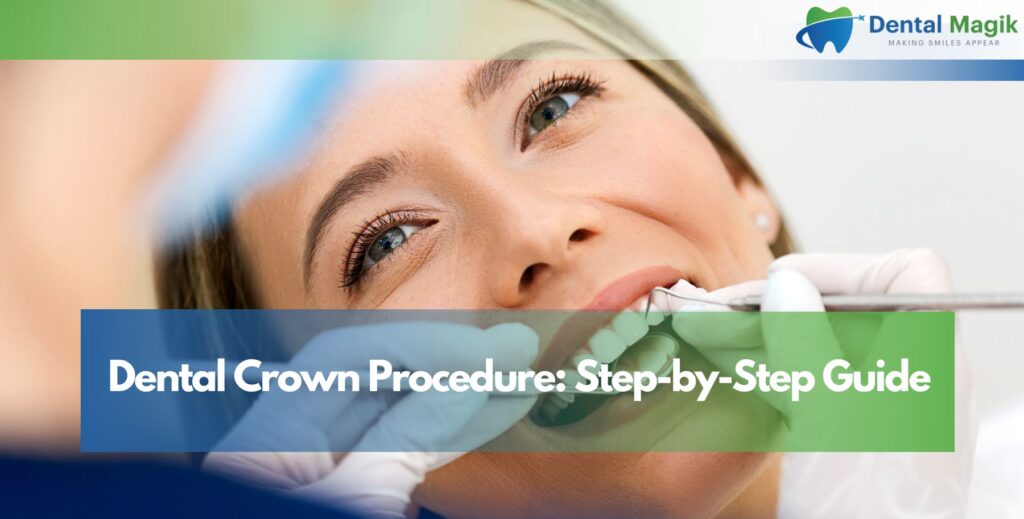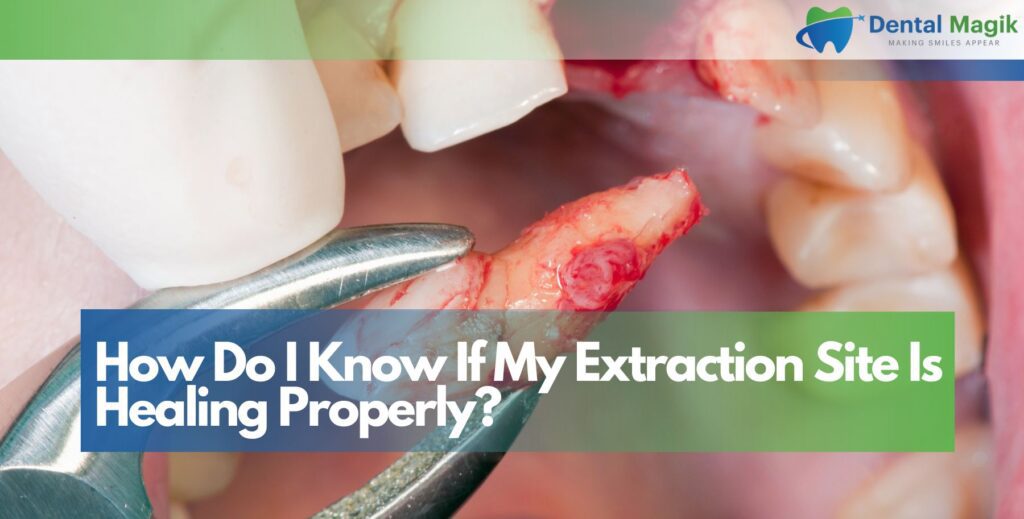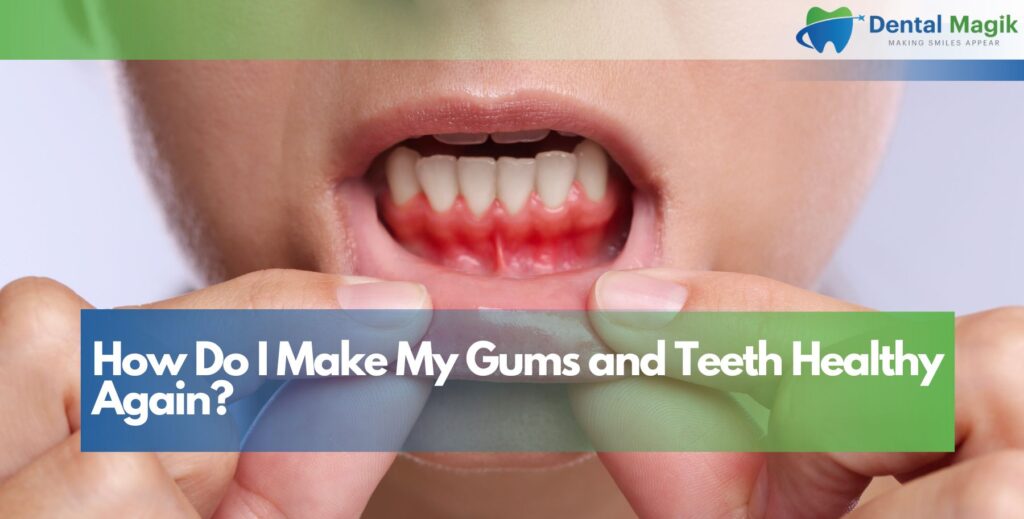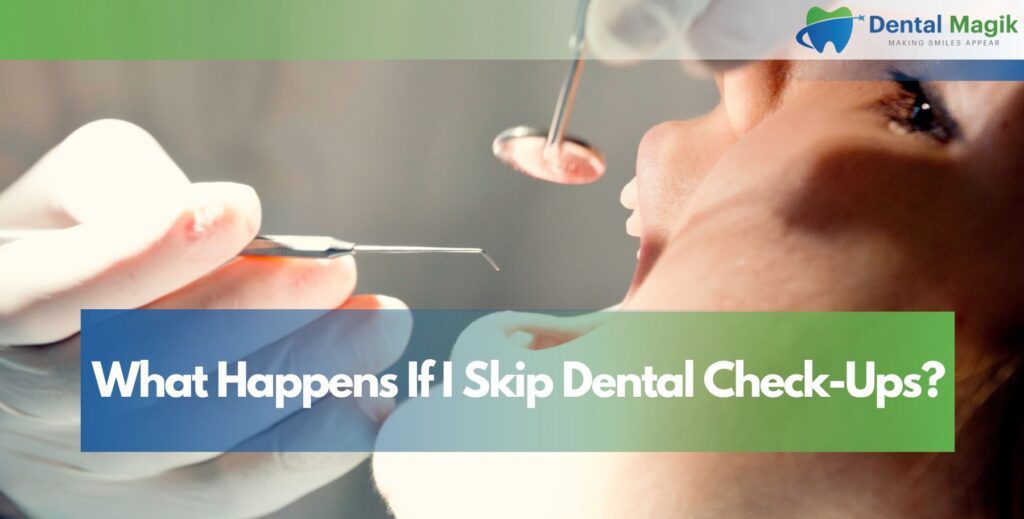If you’re dealing with a damaged or decayed tooth, a dental crown procedure might be the perfect solution to restore your smile and strengthen your bite. Whether it’s for cosmetic improvement or dental health, crowns are one of the most trusted and commonly used treatments in modern dentistry.
In this comprehensive guide, you’ll learn the step-by-step dental crown process, when it’s needed, what materials are used, and what to expect before, during, and after the treatment. If you’re considering getting a crown, this article will help you feel fully prepared.
What Is a Dental Crown?
A dental crown is a custom-made cap that completely covers a damaged, weak, or unattractive tooth. It restores the tooth’s shape, size, and strength while improving its appearance. Once cemented in place, a crown becomes the tooth’s new outer surface and functions just like a natural tooth.
Why Do You Need a Dental Crown?
Dental crowns are not just about aesthetics—they serve essential protective and functional purposes. Here are common reasons why a crown might be recommended:
To Protect a Weak Tooth
If a tooth is cracked, worn down, or weakened by decay, a crown acts like armor, keeping it from breaking or deteriorating further.
After a Root Canal
Root canal-treated teeth become brittle over time. A dental crown is used to seal and reinforce the structure, reducing the risk of fractures.
To Restore a Broken or Worn Tooth
If a tooth is severely chipped or worn down, a crown can restore its original form and function.
To Cover a Large Filling
When there’s not enough natural tooth left to hold a filling, a crown provides full coverage and strength.
For Cosmetic Enhancement
Crowns can also be used to cover discolored, misshapen, or uneven teeth for a more uniform smile.
Types of Dental Crowns
Before beginning the dental crown procedure, your dentist will help you choose the right material based on your needs, budget, and the location of the tooth.
Porcelain Crowns
These offer the most natural look and are ideal for front teeth. They mimic the color and translucency of natural enamel.
Porcelain-Fused-to-Metal (PFM) Crowns
These combine the strength of metal with the appearance of porcelain. However, they may show a dark line near the gums over time.
Zirconia Crowns
Highly durable and natural-looking, zirconia crowns are strong enough for molars and are resistant to chipping.
Gold Crowns
Though not as aesthetically pleasing, gold crowns are incredibly durable and often used for back teeth.
Resin Crowns
A more affordable option, but less durable—usually used temporarily while waiting for a permanent crown.
Step-by-Step Guide to the Dental Crown Procedure
Now let’s explore the dental crown procedure step-by-step, so you know exactly what happens at each visit.
Step 1: Initial Consultation and Examination
Your journey begins with a thorough evaluation. The dentist examines your tooth using digital X-rays to assess the extent of the damage and ensure that a crown is the right solution.
What Happens During This Visit?
- Medical and dental history review
- Imaging and assessment of the affected tooth
- Discussion of crown types and treatment plan
If a crown is needed, the dentist schedules your preparation appointment or begins the process right away if time allows.
Step 2: Tooth Preparation
This is the most crucial part of the crown procedure. The dentist reshapes the tooth to make space for the crown. If a large portion of the tooth is missing, filling material is added to support the crown.
Details of This Step:
- Local anesthesia is used to numb the area
- Damaged portions are removed
- The tooth is trimmed and shaped
- Impressions or digital scans are taken
This impression is then sent to a dental lab where your crown will be custom-made.
Step 3: Temporary Crown Placement
Since it can take 1–2 weeks for your permanent crown to be fabricated, a temporary crown is placed to protect your prepared tooth.
Why a Temporary Crown Matters:
- Prevents sensitivity and discomfort
- Maintains the position of the tooth
- Allows you to chew and speak normally
Temporary crowns are usually made from acrylic or composite resin and are fixed with temporary cement.
Step 4: Fabrication of the Permanent Crown
Your permanent crown is created at a specialized dental lab. This process ensures the crown matches your natural teeth in color, shape, and size.
During This Time:
- Avoid sticky or hard foods
- Be gentle when brushing near the temporary crown
- Call your dentist if the temporary crown becomes loose or falls off
Step 5: Crown Fitting and Adjustment
Once your permanent crown is ready, you’ll return to the dental office for placement.
What to Expect:
- Temporary crown is removed
- Dentist checks the fit and color of the permanent crown
- Adjustments are made for a perfect bite
- Crown is cemented using strong dental adhesive
You’ll be asked to bite and move your jaw to ensure everything feels right.
Step 6: Post-Procedure Care and Follow-Up
After the crown is cemented, you may feel mild discomfort or sensitivity for a few days. This is normal and should fade quickly.
Post-Crown Care Includes:
- Avoiding hard foods for 24 hours
- Practicing good oral hygiene (brushing and flossing)
- Scheduling a follow-up if discomfort persists
A properly placed crown can last 10 to 15 years—or longer—with regular care.
Benefits of Getting a Dental Crown
Choosing a dental crown offers a wide range of benefits beyond just improving appearance.
Long-Term Protection
Crowns shield vulnerable teeth from future damage and decay.
Improved Appearance
They restore the natural look of your smile, especially when using porcelain or zirconia.
Better Chewing Function
A crown reinforces bite strength, especially for molars and back teeth.
Stability for Other Treatments
Crowns are used to anchor dental bridges and complete dental implants.
Potential Risks or Side Effects
Although rare, here are a few issues that could occur:
- Sensitivity or pain (usually temporary)
- Loose crown due to weak cement
- Allergic reaction to metals in some types of crowns
- Gum irritation or inflammation if not properly fitted
These can be addressed easily with follow-up care.
How to Care for Your Dental Crown
To ensure your crown lasts, follow these simple tips:
Daily Care Routine:
- Brush with a soft-bristle toothbrush and fluoride toothpaste
- Floss gently around the crown
- Use an antiseptic mouthwash if recommended by your dentist
Avoid These Habits:
- Biting fingernails or chewing on ice
- Using teeth to open packaging
- Grinding or clenching teeth (wear a night guard if needed)
Conclusion
Understanding the dental crown procedure step-by-step helps eliminate the fear and uncertainty many people feel about dental treatment. From assessment to aftercare, each phase is designed to restore your smile, protect your teeth, and improve your quality of life.
If you’re considering a dental crown or dealing with a damaged tooth, don’t wait. Reach out to a trusted Dentist in East Brunswick, NJ for expert care and personalized treatment. With the right guidance and support, your crown can last for years—and your smile will thank you.
FAQs
How long does the dental crown procedure take?
It typically takes two visits—one for preparation and impressions, and one for fitting the permanent crown. Some clinics offer same-day crowns.
Does getting a dental crown hurt?
The procedure is done under local anesthesia, so it’s generally painless. Some soreness may occur afterward, which usually fades in a few days.
How long do dental crowns last?
With proper care, dental crowns last 10 to 15 years or more, depending on the material used and your oral hygiene habits.
Can I eat normally with a crown?
Yes, once the crown is fully cemented. Avoid hard or sticky foods for the first 24 hours.
Are crowns covered by insurance?
Many dental insurance plans cover a portion of crown costs, especially if it’s medically necessary. Check with your provider for details.







